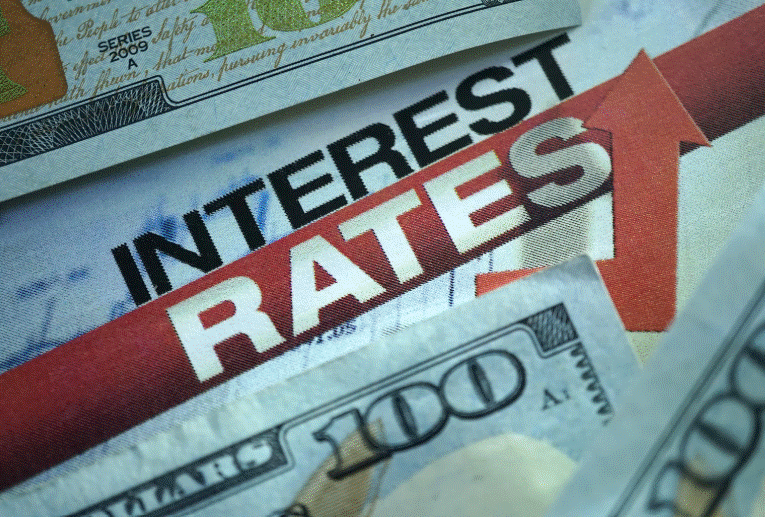Many potential homebuyers believe that they have to save enough money to have a down payment equal to 20% of home value before they can be approved to purchase a home. While this was largely true in the past, the majority of homebuyers in today’s housing market are making down payments that are much less than 20%.
There are several different types of home loans available to meet a wide variety of situations and needs. Factors such as where the prospective home is located, the potential homeowner’s income level and even past military service could result in much better home loan terms than are available to the general public. Even for potential homebuyers who do not qualify for a specialized mortgage program, a down payment of 20% would not be required in the vast majority of cases.
For homebuyers with a regular and verifiable income and a good credit history, a conventional home loan usually comes with a minimum down payment of 3%. Because there are limits placed on the maximum home value that can be financed using a conventional loan and the maximum loan amount is adjusted annually, first-time homebuyers should consult a home loan professional who can help guide them through the process.
For potential homebuyers who have credit challenges, a loan backed by the Federal Housing Administration (FHA) may be a good choice. Loans designed to meet FHA guidelines offer lending criteria designed to make homes more affordable and accessible to buyers who may not qualify for other types of home loans. In addition to more lenient credit requirements, FHA loans usually require a down payment of 3.5%.
First-time homebuyers who have served in the armed forces may be eligible for a home loan backed by the Department of Veterans Affairs. VA loans require no down payment and have more favorable lending criteria and lower interest rates than many other types of home loans. These loans are also easier to apply for since they account for the fact that veterans have unconventional jobs and pay structures that are sometimes difficult to document through conventional loan processes.
Homes in certain areas may qualify for what is known as a USDA Rural Development Loan. As the name implies, these loans are backed by the U.S. Department of Agriculture and are primarily designed for individuals living in rural and less urban areas of the country. Despite this, there are some suburban areas that are also included. Because USDA loans are designed to encourage development of areas with less economic opportunity, applicants must meet the designated income limits to qualify. Those who do qualify, however, are not required to pay a down payment and have access to some of the lowest mortgage rates available.
In some situations, potential homebuyers elect to pay more than the required down payment because it helps to bring their monthly payment down to a more comfortable level. First-time homebuyers should consult a mortgage professional to determine what home loan options would be best for them.





